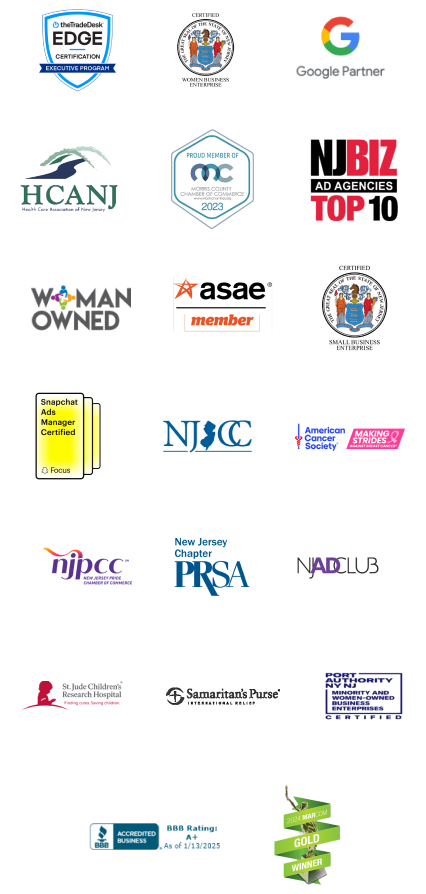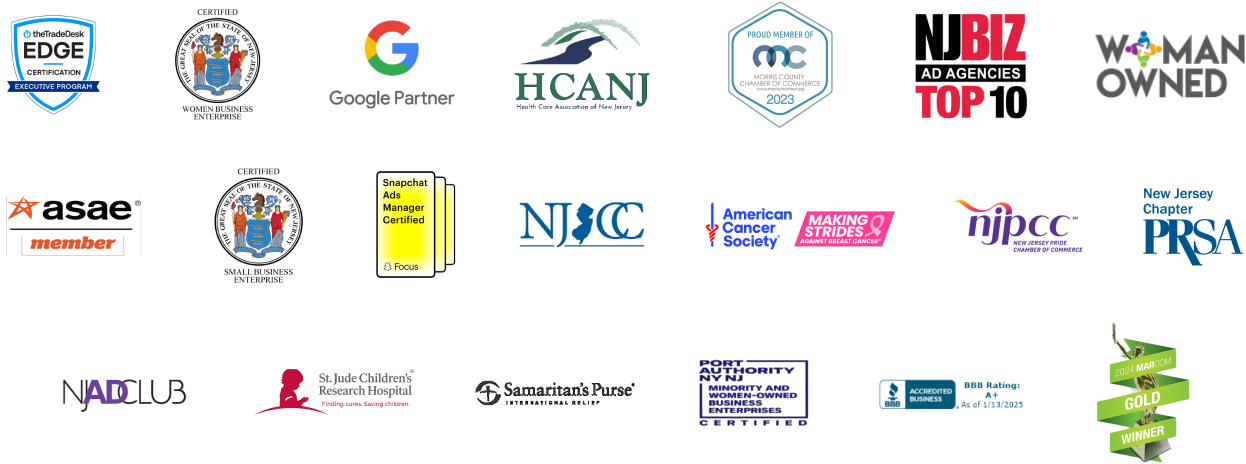A decaying, Transylvanian castle … baying wolves … mist creeping through a medieval crypt. An undead aristocrat – who for centuries has fed on the blood of the living – plots to make Victorian London his new hunting grounds.
Almost everyone recognizes the premise of Bram Stoker’s Gothic masterpiece, Dracula, which was first published on May 26, 1897. And now, 127 years to the day after the novel first appeared on booksellers’ shelves, “World Dracula Day” celebrations are underway around the globe. In Whitby, England – where, in the novel, Dracula first comes ashore in Britain (in spectacularly horrific fashion, of course) – some 1,200 people gathered today, each clad in their finest vampire attire.
Stoker’s tale remains remarkably popular. Never out of print, the novel has been translated into more than 30 languages, and adapted more than 700 times for film, television, video games, comic books, and other mass media. By any measure, it’s among the most influential works of fiction ever.
But why? Are people uncontrollably enamored of vampires? No; each year, many books and films with undead themes become commercial flops. Is it because of Stoker’s brilliance as a writer? No; while the Irishman was a prolific author of short stories and novels, Dracula was his lone literary success.
Why then? Well, I’d suggest the reason for the novel’s long-term popularity is that people adore good stories. And without a doubt, Dracula is a fabulously good story, brimming with horror, tragedy, romance, action, and – depending on your sense of humor – a measure of comedy. The novel’s essential themes include xenophobia, feminism and misogyny, technology and technophobia; friendship and courage; love and lust; and the nature of evil. Stoker crammed a bit of everything into his 27-chapter novel.
So, we’re celebrating something as quirky as “World Dracula Day” because Dracula is a great story. That’s a pretty straightforward formula for success, and one I’m ever mindful of in my role as a public relations professional.
When I help a client communicate, the tools at my disposal include social media, news releases, speeches, videos, conferences, op-ed columns, events, podcasts, photography, and even a blog like this one. Likewise, there’s a wide range of potential audiences, including the general public, journalists, clients, employees, other influencers, and a host of others. But whatever tools I use, and whoever I’m reaching out to, I know telling a compelling story is a proven, age-old way to attract attention and stimulate interest.
Now if I can just figure out how to incorporate a vampire into my next news release…



